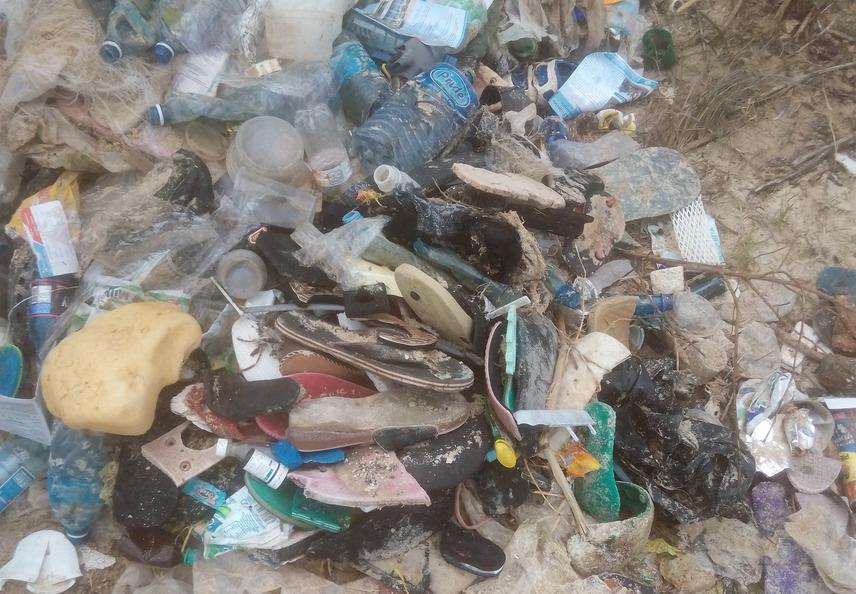Nancy Awuor Oduor
Other projects
10 Nov 2020
Community-Based Marine Litter Management for Restoration of Endangered Turtle Habitats along the Kenyan Coast II
Marine turtles’ population has significantly declined in Kenya’s coastal areas primarily due to overexploitation, habitats' degradation from pollution and coastal development. This project focuses on working with local communities to identify, map, restore and manage degraded critical turtle habitats outside marine protected areas along Mombasa and its surrounding beaches. It will carry sensitization and environmental conservation education programs to the local communities and the public through schools, CBOs and youth groups besides promoting community based natural resource management (CBNRM). The project will adopt ‘trash to cash’ initiative and ecotourism, which we believe will help in reduction of pressures like over-exploitation of marine resources and critical habitats destruction with marine litter. The project aims at promoting changed community’s attitude towards marine wildlife; recovery of the endangered turtles’; sound waste and marine resources management; increased households’ income and reduced exploitation pressure on marine resources ensuring protection and safeguarding long-term conservation of turtles.

Waste collected at Mkomani Beach before segregation.
This project will be conducted in Mombasa city and its surrounding beaches which is an important feeding, breeding and nesting ground for five of the seven world turtle species listed in the IUCN Red List of Threatened species (2017) as vulnerable i.e. the loggerhead (Caretta caretta), the leatherback (Dermochelys coriacea), and the olive ridley (Lepidochelys olivacea); endangered i.e. the green turtle (Chelonia mydas); and critically endangered i.e. the hawksbill (Eretmochelys imbricate). A significant decline in turtle population has been recorded along Kenya’s coastal areas primarily due to overexploitation, habitats' degradation from pollution like marine litter and coastal development.
Many deaths and injuries have been observed associated with entanglement and consumption of marine litter (plastics and foams) from intestines’ observations. Litter causes loss of nutrition, internal injury, intestinal blockage and starvation among marine wildlife. Recruitment rates has also reduced due to habitat litter degradation creating obstacles for nesting sometimes resulting in failed nesting attempts; and minimizes hatchlings survival to adulthood due to trapping and restrained movement exposing them to predators. Besides these, climate change is likely to affect turtles in the near future from sea level rise and temperature variability causing alteration of male to female ratio of hatchlings and their gestation period; flooding, beach erosion and deposition which affects nesting patterns. Lack of comprehensive information on the unprotected critical habitats, uncontrolled coastal development, poverty, increasing population pressure and lack of knowledge on the importance of turtles greatly contribute to these problems.
For this reason, this project focuses on solving these issues through empowering local communities through mapping unprotected priority habitats; adoption of ecotourism and ‘trash to cash’ initiatives sensitizing and educating the local communities through schools, CBOs and members of the public as we as promotion of community based natural resource management (CBNRM). These we believe will enhance turtle and marine/environmental literacy, helping in management of marine litter, improving livelihoods and environmental quality boosting local economy and the government’s efforts towards the protection and conservation of sea turtles, besides building local conservation capacity.